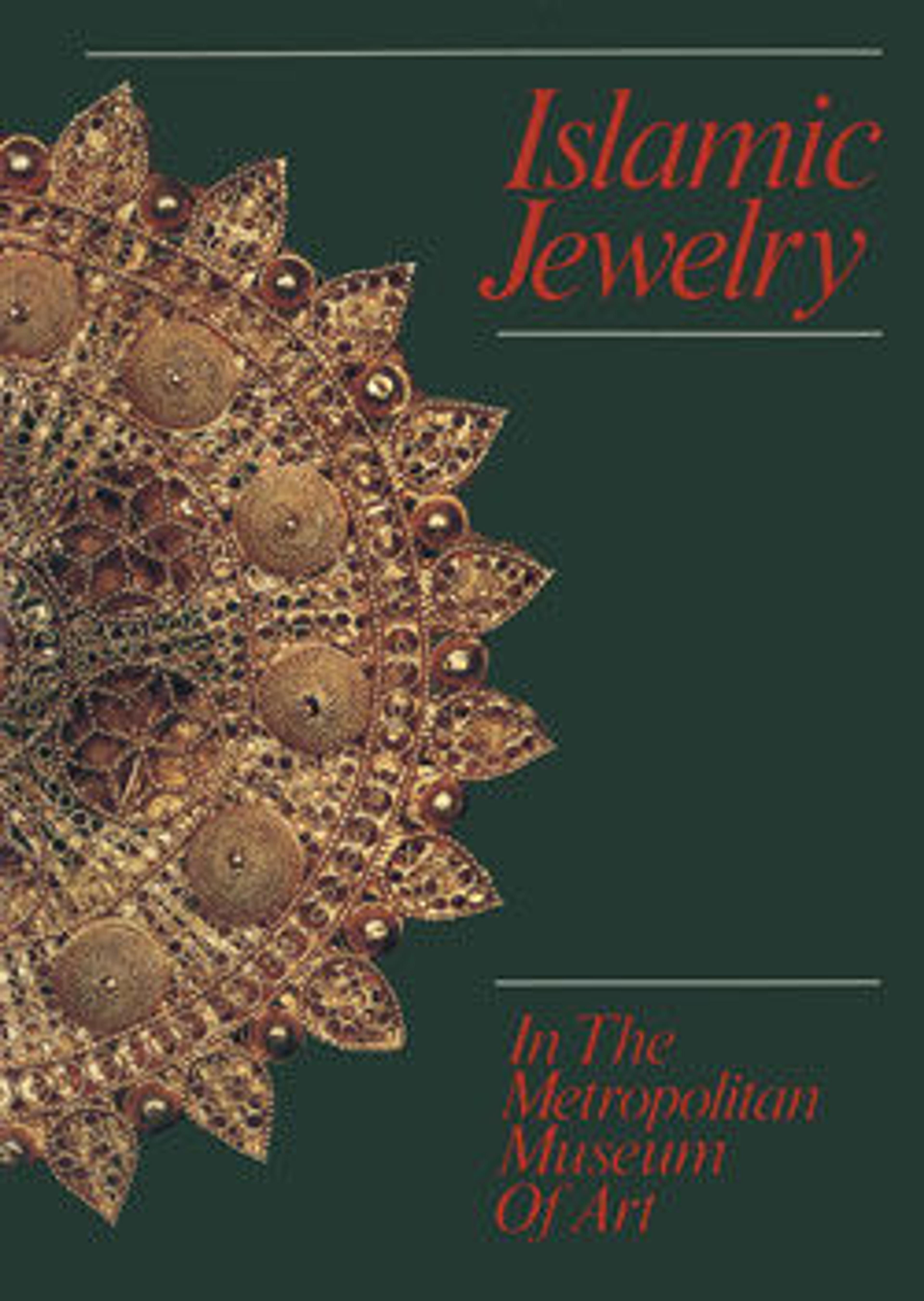Ring
Excavated at Nishapur, this ring is one of very few silver objects to survive from the medieval period, as silver was often melted down to create currency. Turquoise deposits near Nishapur were exploited to create beautiful jewels, such as this one. According to eleventh-century polymath and natural philosopher Al-Biruni, turquoise was believed to dispel the harmful effects of the evil eye. This ring therefore would have served both as a talisman, as well as an ornament meant to adorn the wearer.
Artwork Details
- Title: Ring
- Date: 9th–11th century
- Geography: Found Iran, Nishapur
- Medium: Silver, turquoise
- Dimensions: H. 1 in. (2.5 cm)
W. 1 in. (2.6 cm) - Classification: Jewelry
- Credit Line: Rogers Fund, 1940
- Object Number: 40.170.202
- Curatorial Department: Islamic Art
More Artwork
Research Resources
The Met provides unparalleled resources for research and welcomes an international community of students and scholars. The Met's Open Access API is where creators and researchers can connect to the The Met collection. Open Access data and public domain images are available for unrestricted commercial and noncommercial use without permission or fee.
To request images under copyright and other restrictions, please use this Image Request form.
Feedback
We continue to research and examine historical and cultural context for objects in The Met collection. If you have comments or questions about this object record, please complete and submit this form. The Museum looks forward to receiving your comments.
